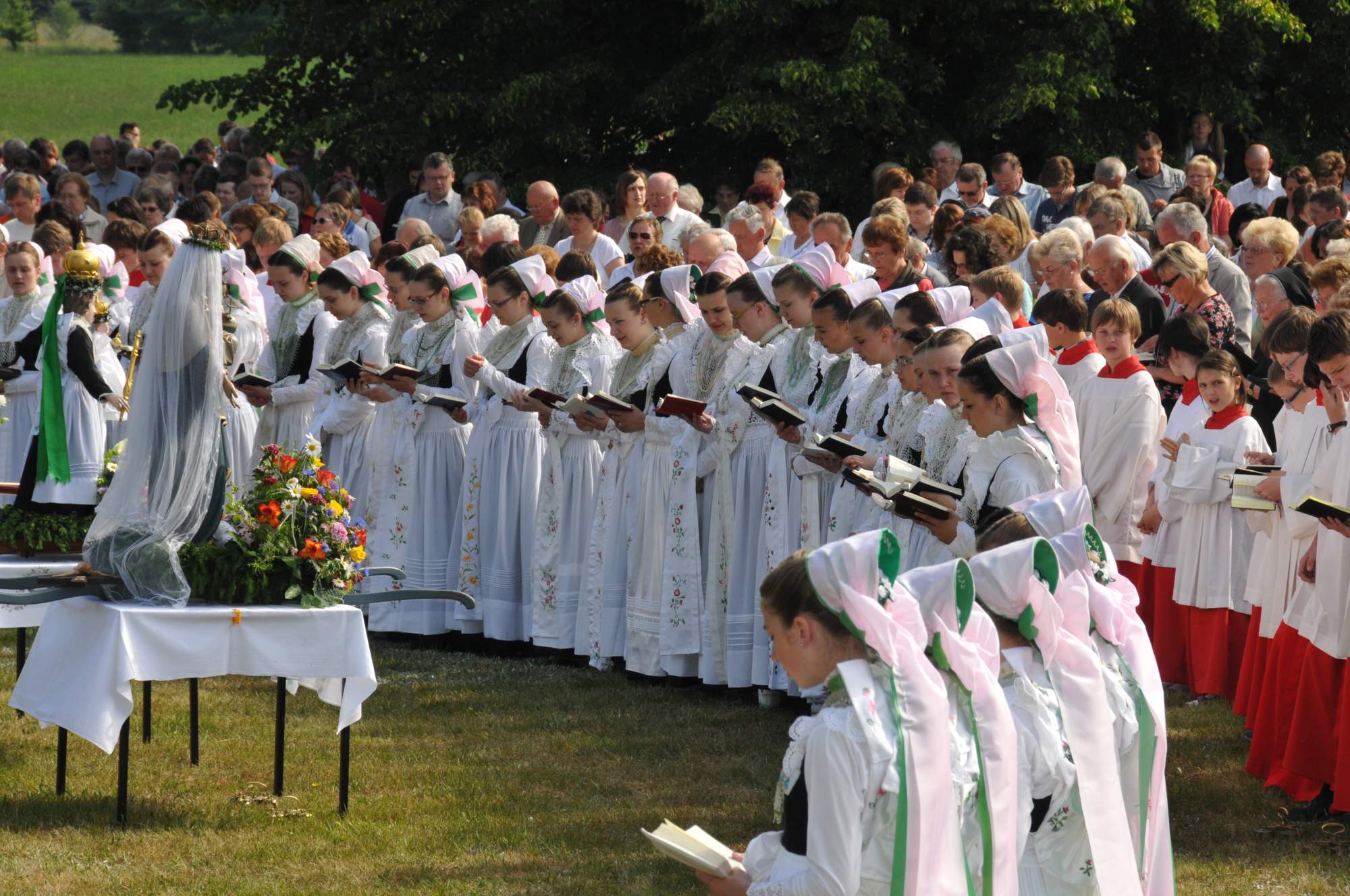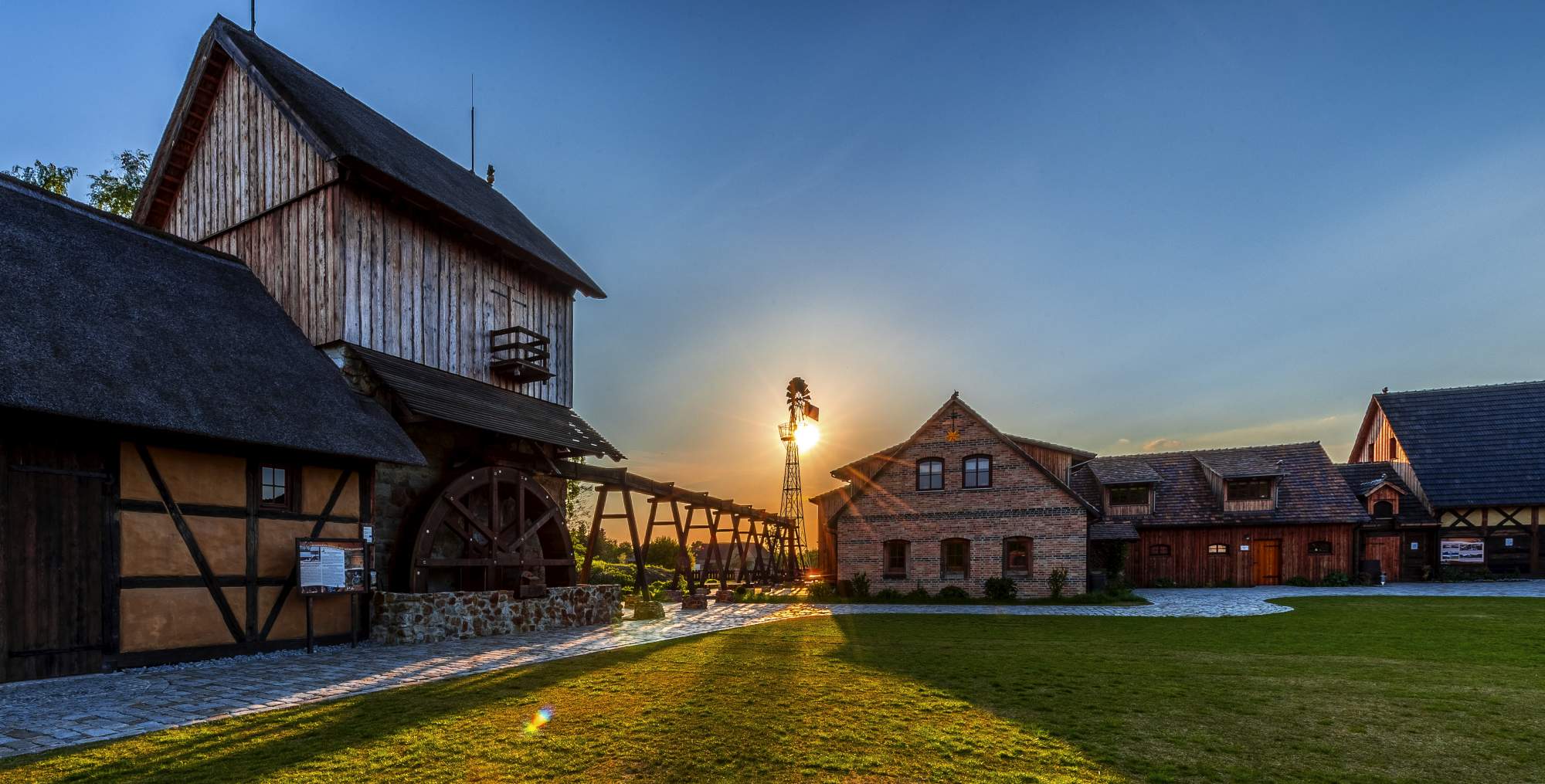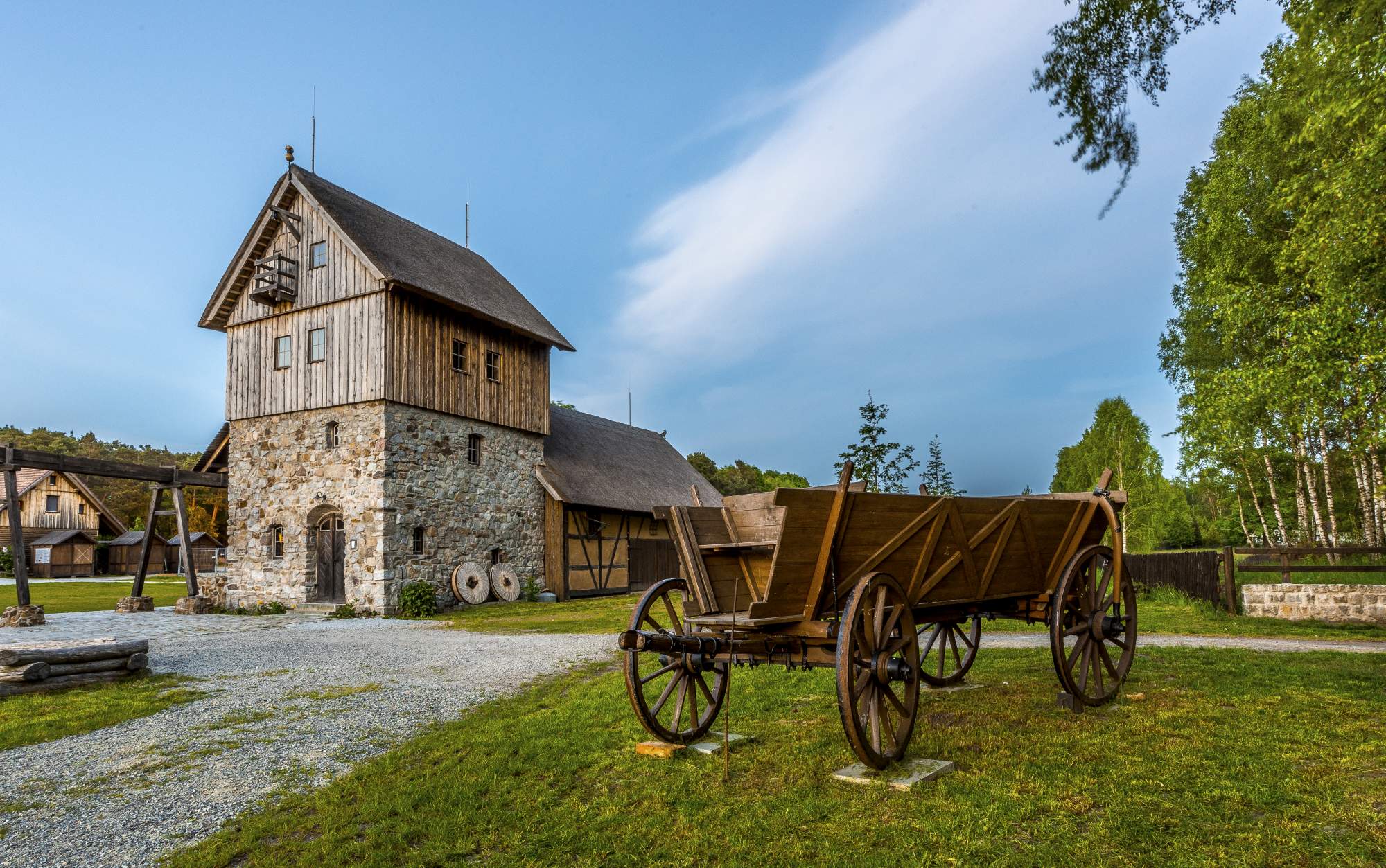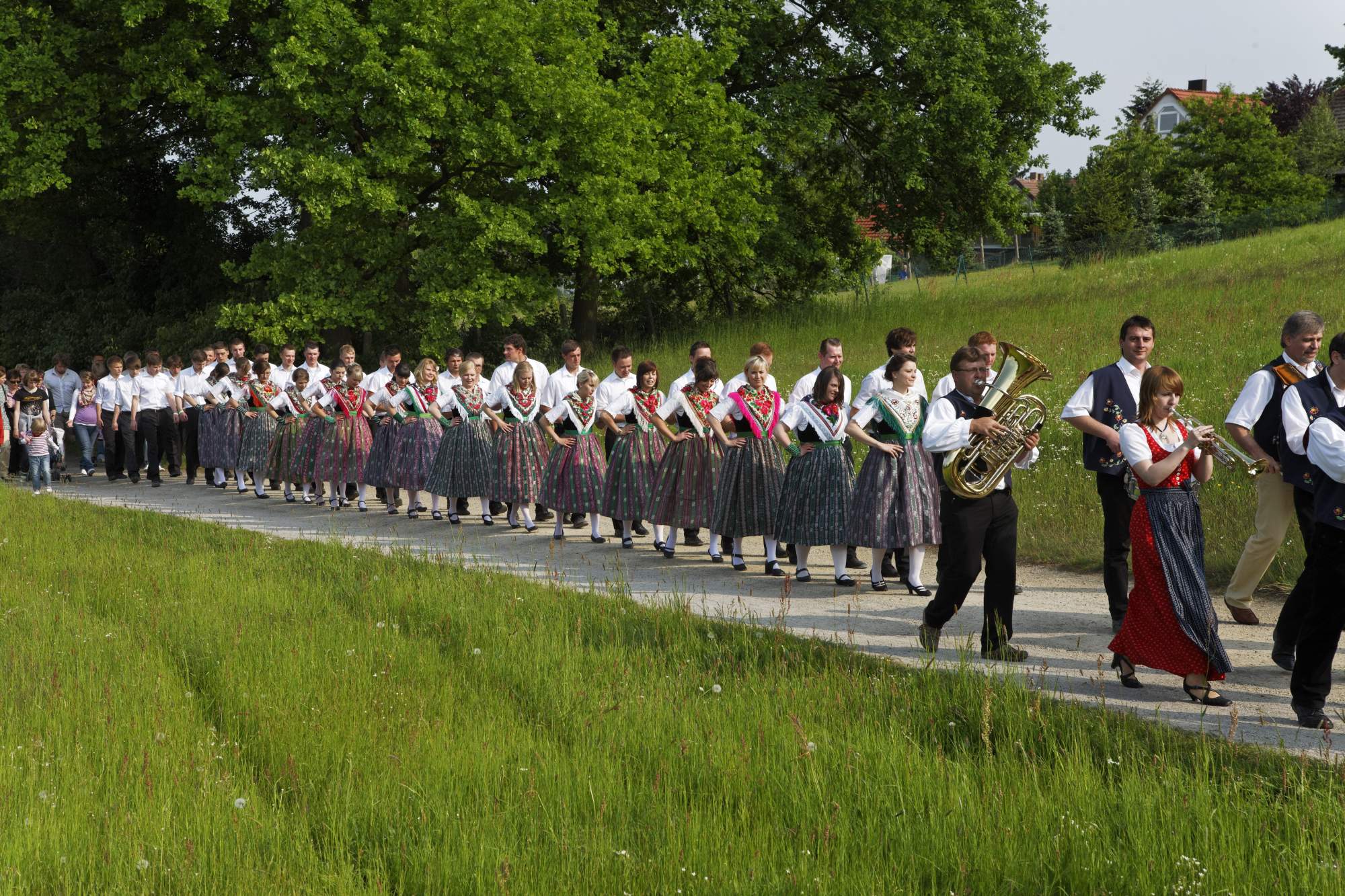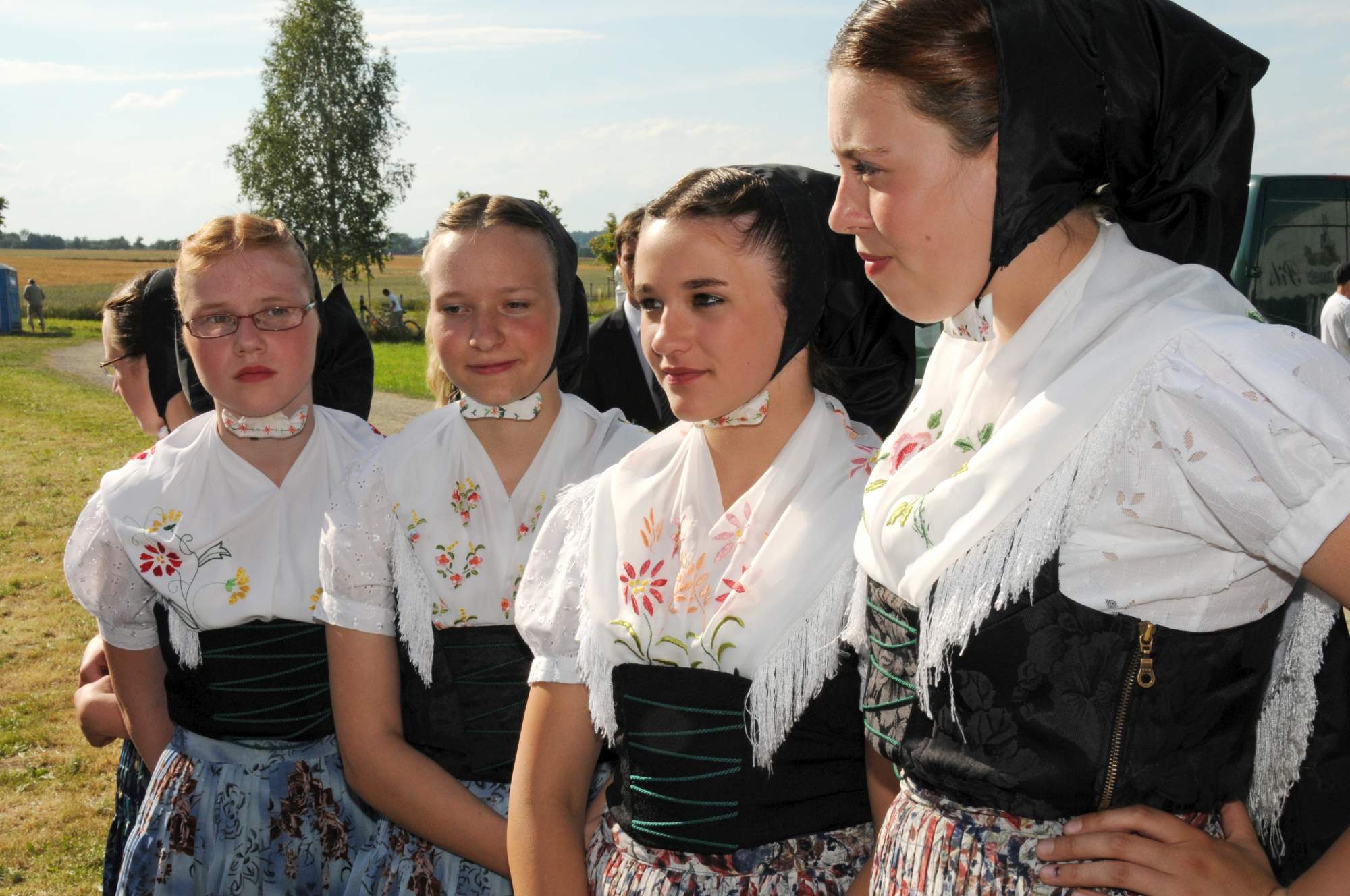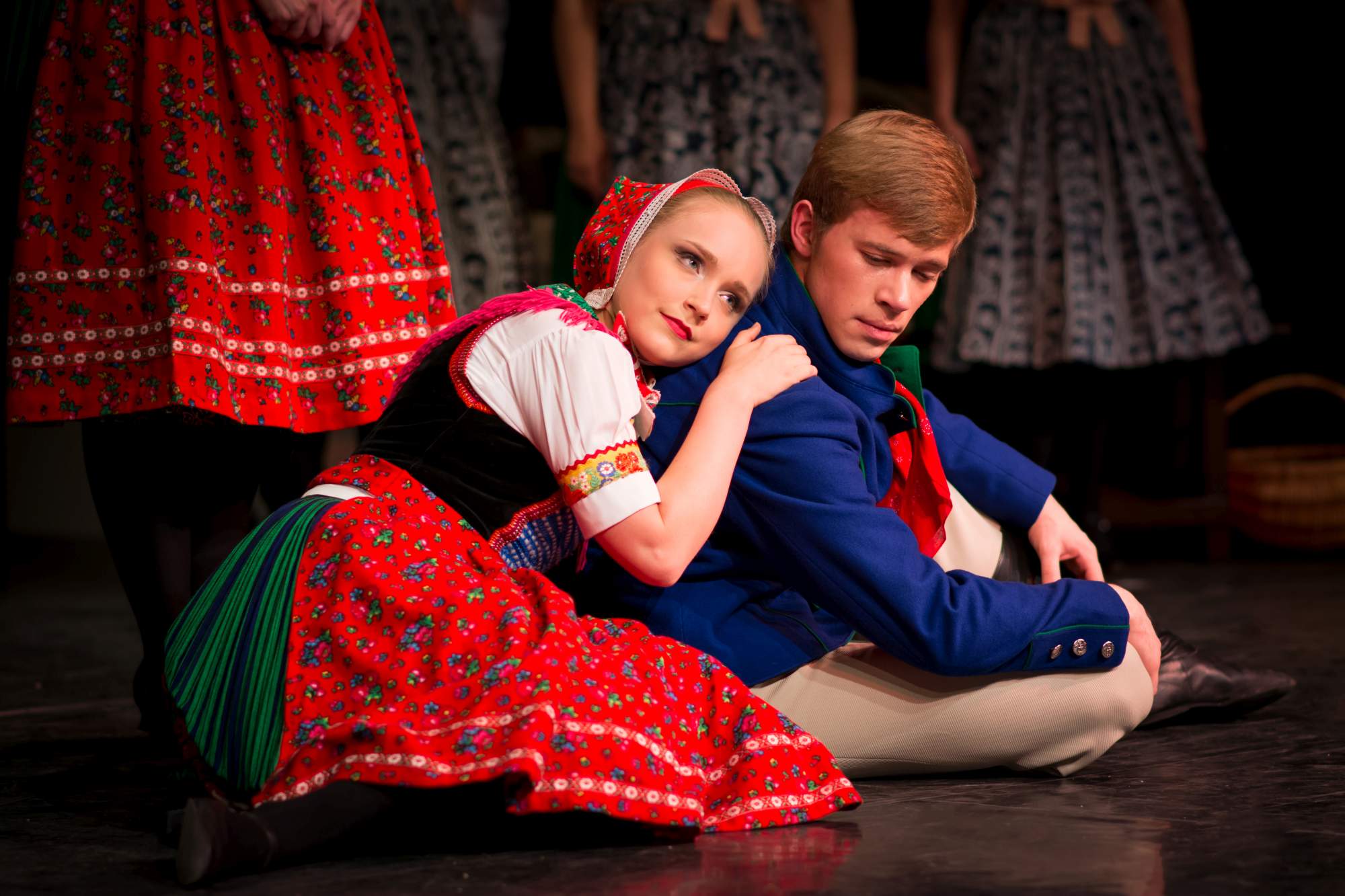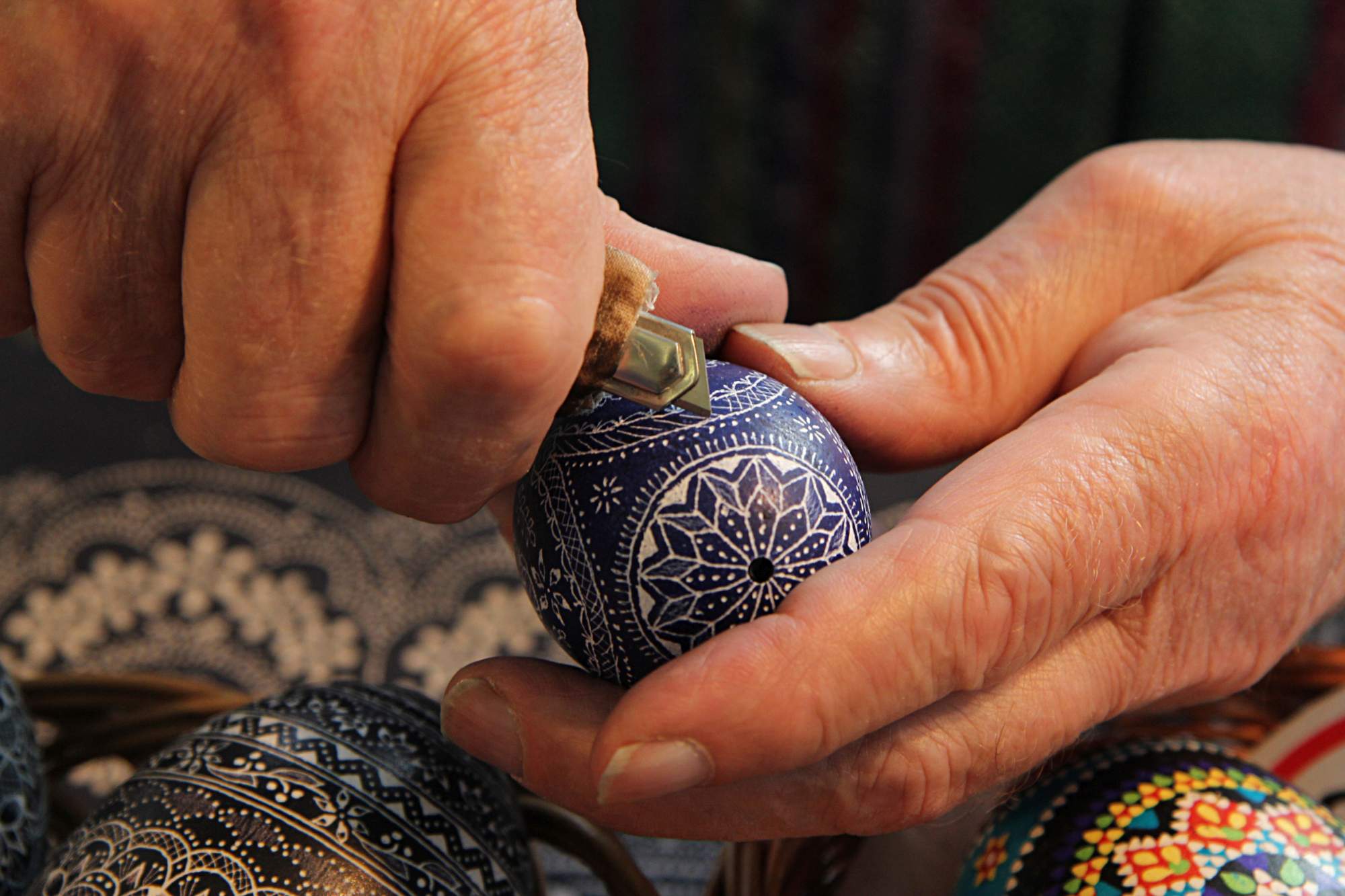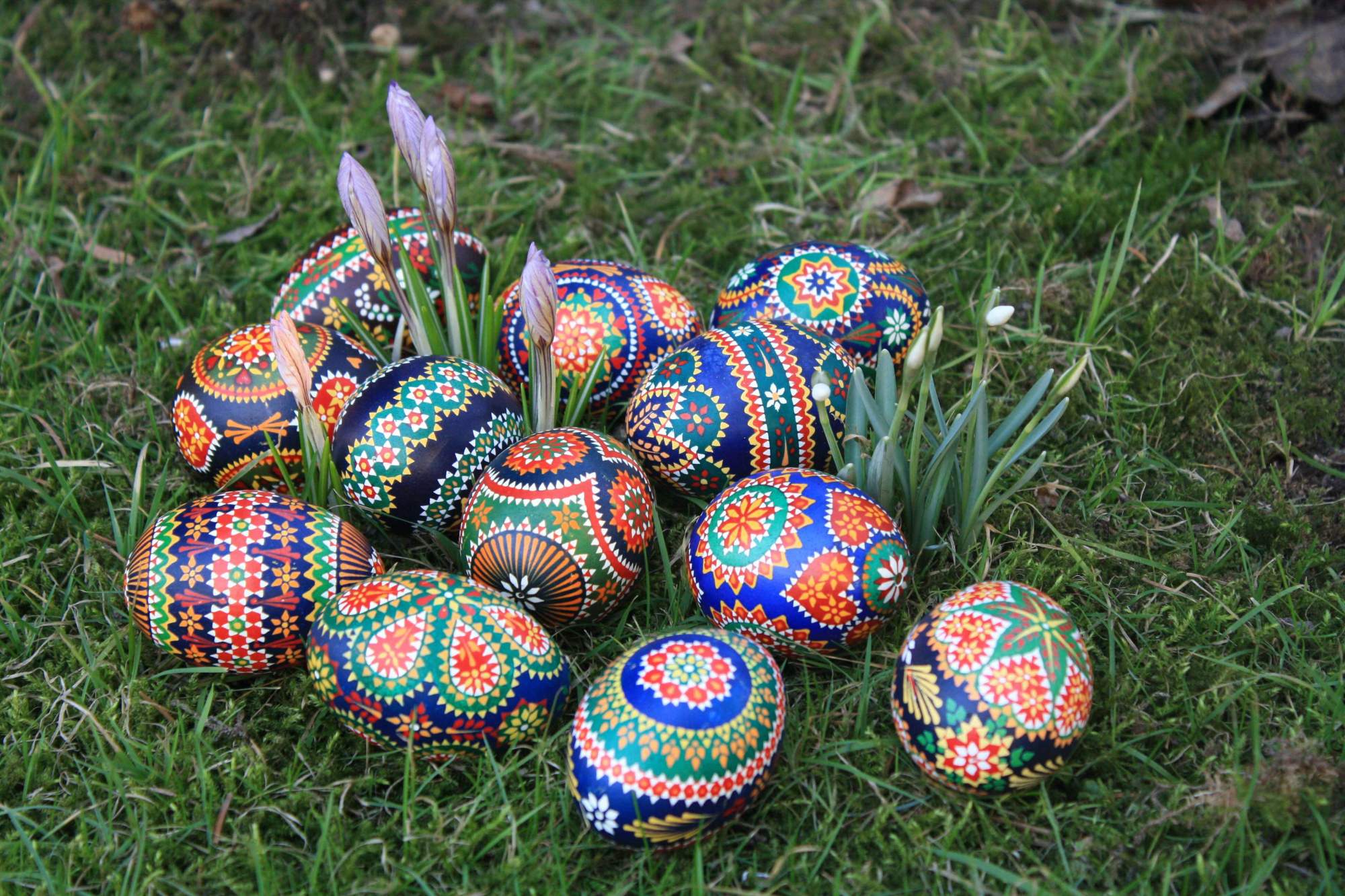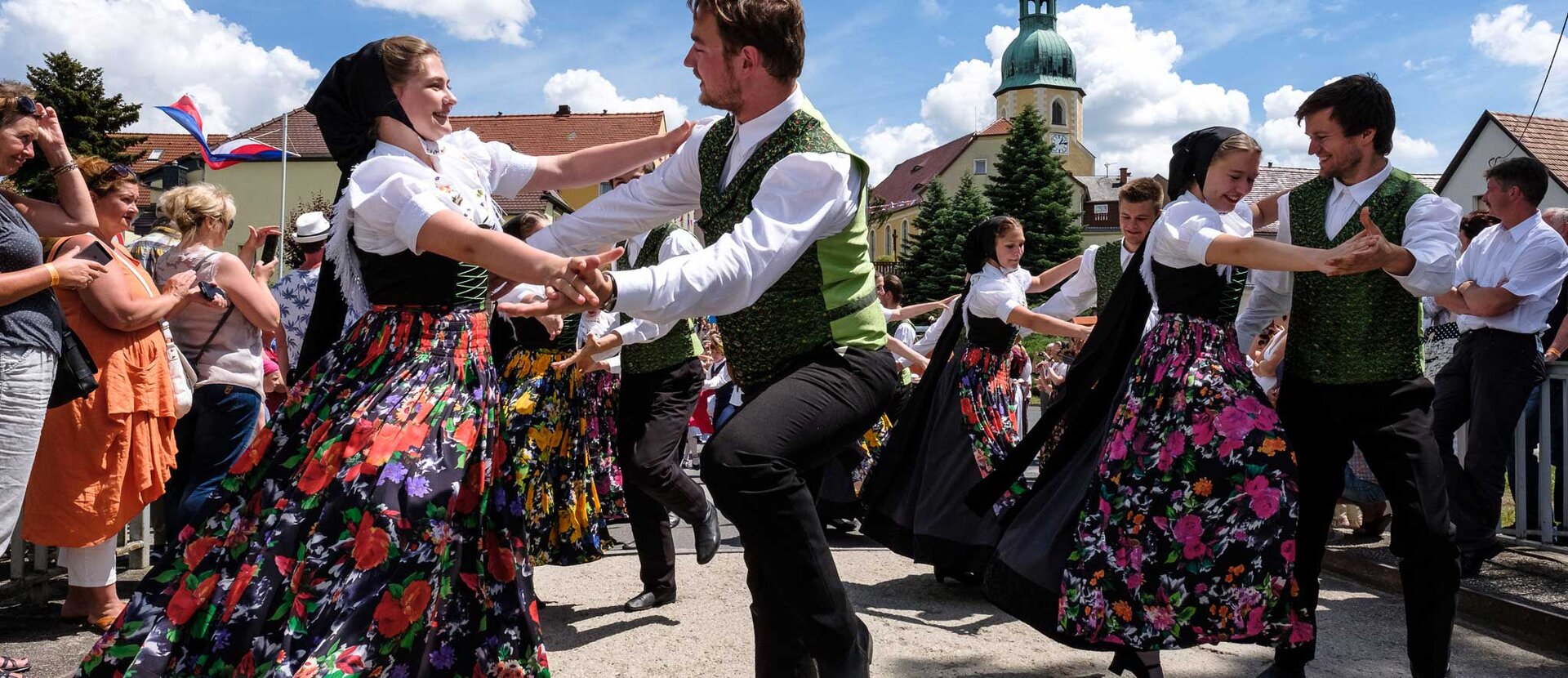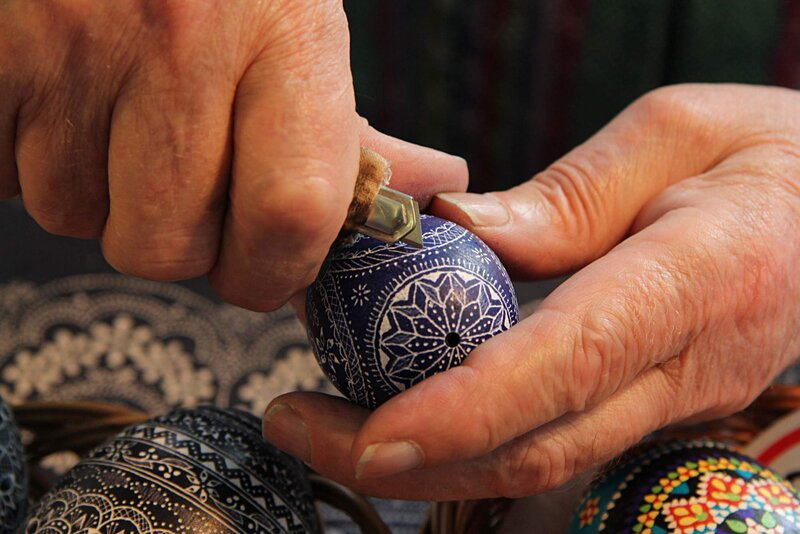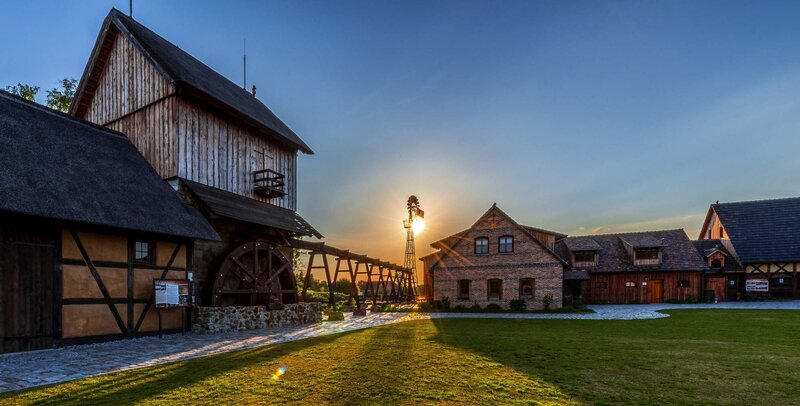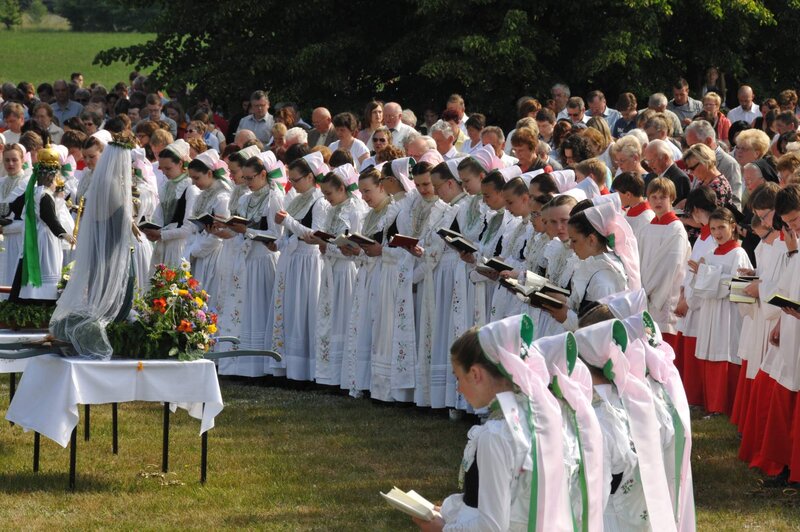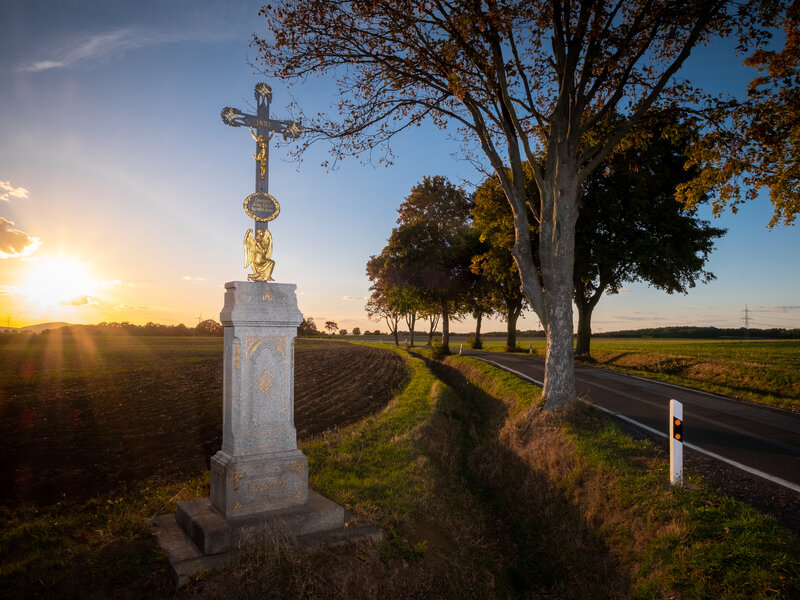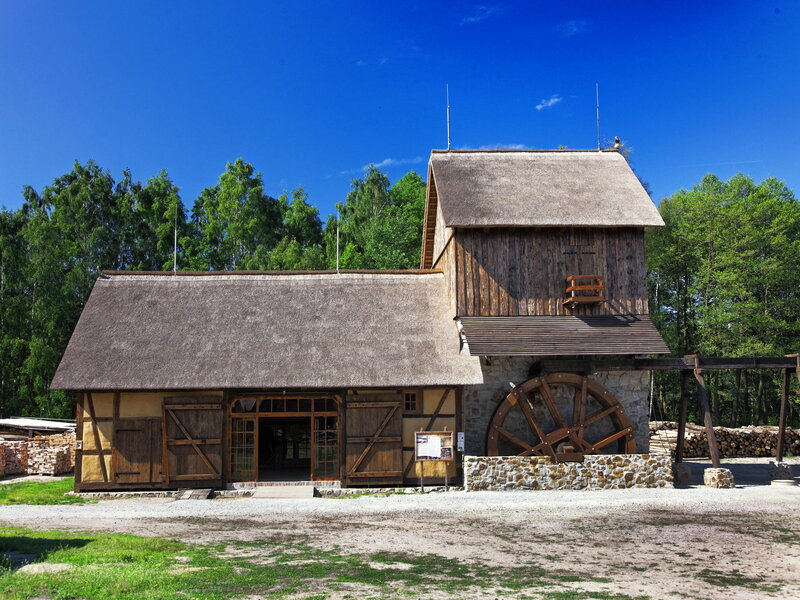Rich in tradition - legendary - uniquely Sorbian
Whoever visits Bautzen and the surrounding area of the 1000-year-old city during Easter will come into contact with numerous customs and traditions that do not exist in any other region. Easter riders move from place to place in a solemn procession. Church songs echo through the villages they pass through on their way. The Easter eggs decorated using wax batik, wax bossier, scratching and etching techniques are like real pieces of jewelry. In addition to the unique Easter customs, there are many other special festivals and traditions. The bird wedding is celebrated annually on January 25th. On this day, the birds thank the children for feeding them during the winter months. They present the little ones with cute dough birds, cream nests and other delicacies. In the kindergartens and primary schools, the bird wedding is traditionally modeled musically and theatrically. Throwing the maypole and camping are also customs that have been preserved in Upper Lusatia to this day. These beautiful traditions are due to a special part of the population - the smallest Slavic ethnic group.
We are talking about the Sorbs. They have been settling in Lusatia for around 1,400 years. It is estimated that around 50,000 of them still live in the entire settlement area - two thirds of them in Upper Lusatia. From the bilingual place, street and building signs, guests can see that the German population shares their homeland here with a group that uses a different language on a daily basis. The right to cultivate their language and culture is ascribed to the Sorbian people in the state constitution. Numerous associations are also committed to preserving the customs and language of the Sorbs.
In Upper Lusatia there are even schools and kindergartens that spread the Sorbian language, teach it and use it in everyday life. The Sorbian National Ensemble is the only professional Sorbian musical theater. It works in Bautzen and performs numerous pieces in the Sorbian language. The German-Sorbian Volkstheater Bautzen is also unique in its form. It is the only theater in Germany that serves two categories and three languages. Numerous well-known theater plays are performed in German, Upper and Lower Sorbian, classics are reinterpreted and their own ideas are theatrically staged. The annual theater summer is a special highlight.
Numerous legends of the Sorbian culture serve as models for the theaters. For centuries, fairytale-like stories were invented for inexplicable events. They talked about giants and dwarfs, about will-o'-the-wisps and the Lutki, about Aquarius and midday woman. Probably the best-known legendary figure is the magician Krabat, who performed many good deeds with his strength. The Krabatmühle in Schwarzkollm is one of the places where the stories seem to come to life. You can still experience Krabat and the black miller here today.
One aspect of Sorbian culture that is barely visible in everyday life is traditional costume. The traditional costumes are only worn on special festivities and occasions. Sorbian weddings are still quite common in the region and are held in the traditional fashion.
Discover the traditional, legendary and unique world of Sorbian culture!
Sorbian experience in Upper Lusatia
Travel offers - Discover the Sorbian culture
questions and answers
Where are the Sorbs at home?
The settlement area of the Sorbs extends over the south of Brandenburg and the east of Saxony. This region is known as Lausitz and is divided into the Brandenburg Lower Lusatia and the Saxon Upper Lusatia. The Sorbian culture of these settlement areas differs, the language, which is divided into Lower and Upper Sorbian, is particularly formative. Sorbian centers are rooted in Cottbus and Bautzen. In Upper Lusatia, the district of Bautzen is particularly influenced by the Sorbian culture.
Which sights in and around Bautzen are connected to the Sorbian culture?
Numerous sights in and around Bautzen give you the opportunity to discover the Sorbian culture. The Sorbian Museum and the Loop Culture Center give you a detailed insight into the history, tradition and customs of the Sorbian people. The performances of the Sorbian National Ensemble and the German-Sorbian People's Theater invite you to let yourself be captivated by bilingual stories. A special highlight is the Krabatmühle Schwarzkollm. Here you can follow in the footsteps of the old magician and experience one of the most famous sagas of the Sorbs. There are numerous other sights to discover in Upper Lusatia that will bring you closer to the culture of the smallest Slavic people.
Where can I find more information about Sorbian culture?
You can find more information about the Sorbs and Sorbian culture in our print products. These can be found in our webshop. For more detailed information, please contact the Sorbian Cultural Information Office in Bautzen or the Sorbian Cultural Tourism Association.
Impressions
Get some visual impressions of the Sorbian culture here.
